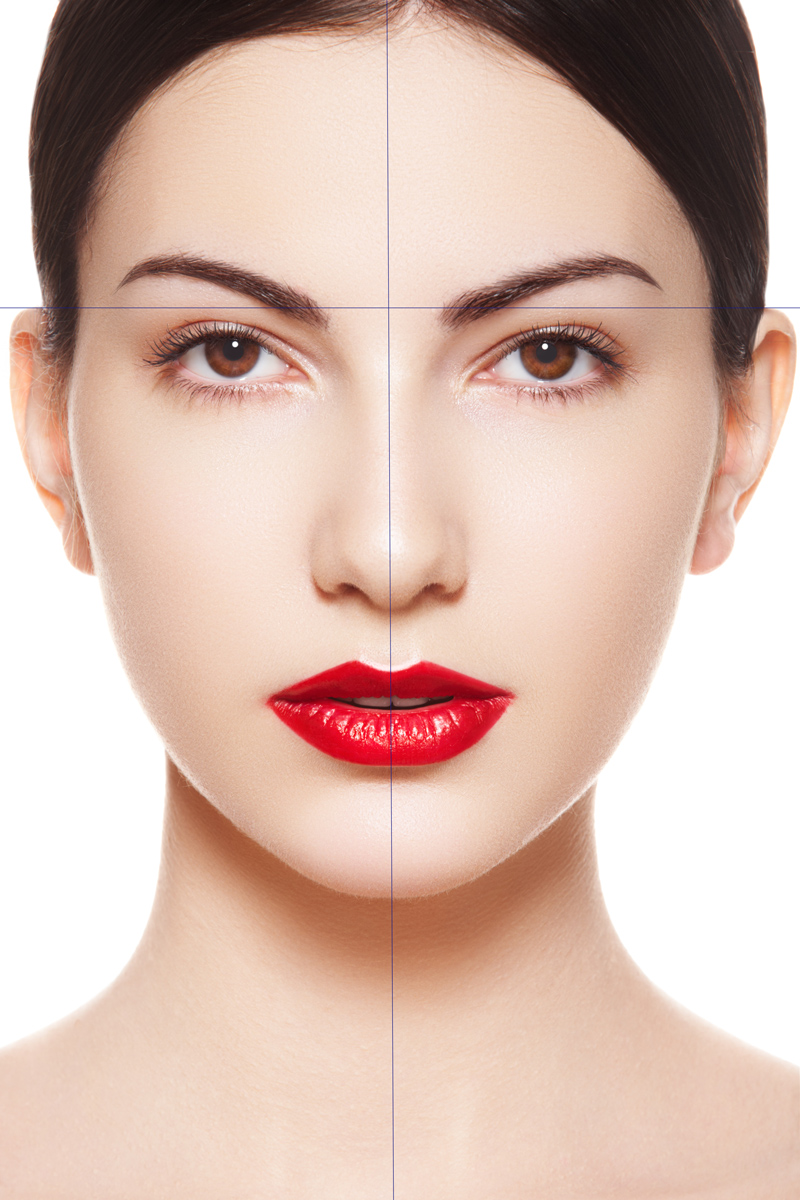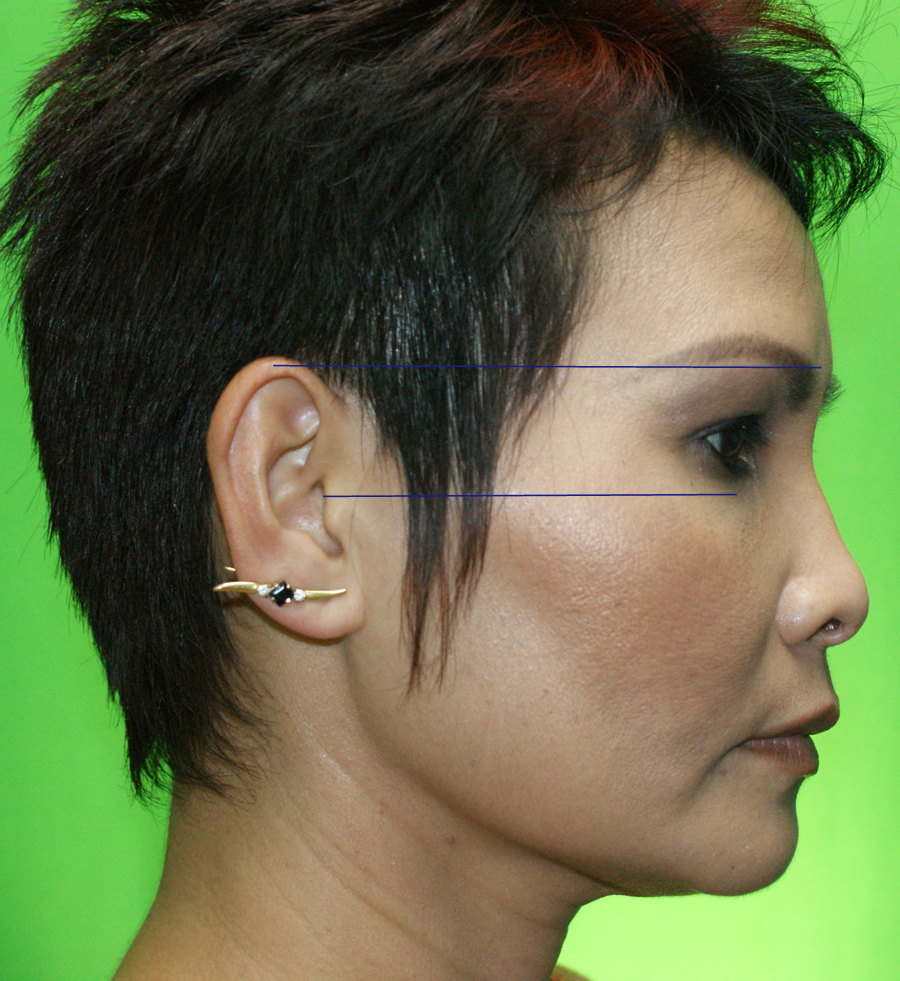Patient Education
All technological advancements nowadays such as smart phones, ipads, computer camera allow us to follow up with our long distant clients via digital images sent over the internet. We also encourage our patients to send us pictures to get prelimanary consultation even before a real office visit.
When it comes to take pictures, it is, however, important to following a few basic principles to ensure good understanding between our patients and physicians:
1. Focus is more important than “close-up”. So, adjust the distance from the camera to allow clear details of the pictures.
2. Alignment of the body is extremely important. Please follow the instructions on the examples below.
3. The area of concern must be compared to other areas in the body, especially to the opposite side. For example, not much information can be derived from looking at the right eye unless the left eye is also included.
4. Please provide multiple angles of view for the area of concern.

1. Make sure you include the are from the forehead hairline to the lower neck, and both ears
2. To ensure that your head does not bend down or backward too much, please follow this simple rule. A line drawn from the top of the ear to the point between the heads of your eyebrows should be perfectly horizonal.
3. To ensure that your head does not turn too much to the left or right, please make sure that a vertical line drawn along the bridge of the nose bisect your face into two equal halves.

1. Make sure to include the area from the forehead hairline down to the lower neck, and from the back of the ear and the nose
2. Make sure to look squared in on side of the ear so that no part on the other side of the face would show.
3. To ensure that your head doesn’t tilt down or turn up too much, make sure that a line drawn from the top of the ear to the head of the eyebrow is perfectly horizontal. Another technique is to make sure that a line drawn from the upper part of the ear notch (superior tragus) to the lower aspect of the under-the-eye dark circle to be perfectly horizontal.

